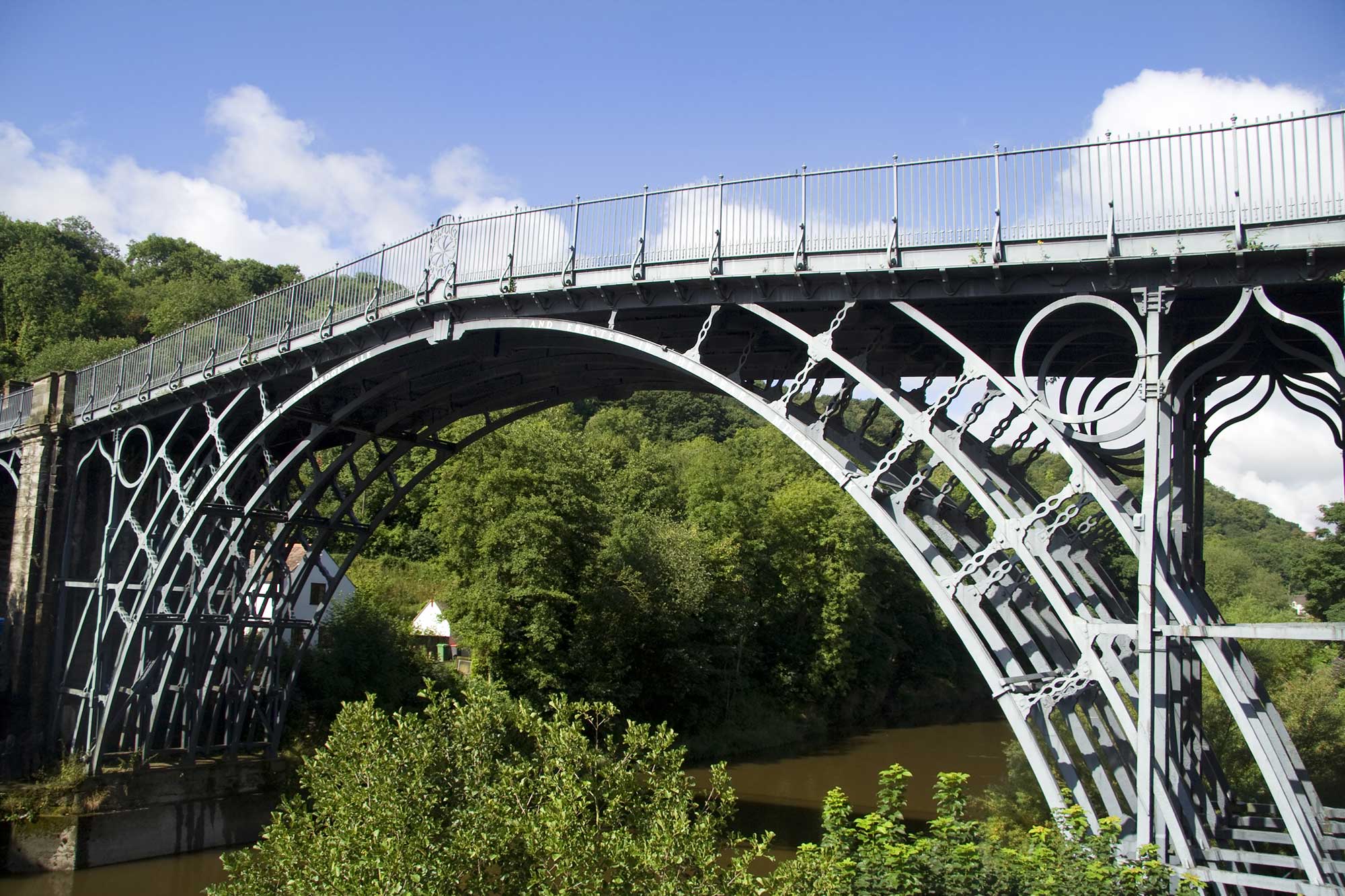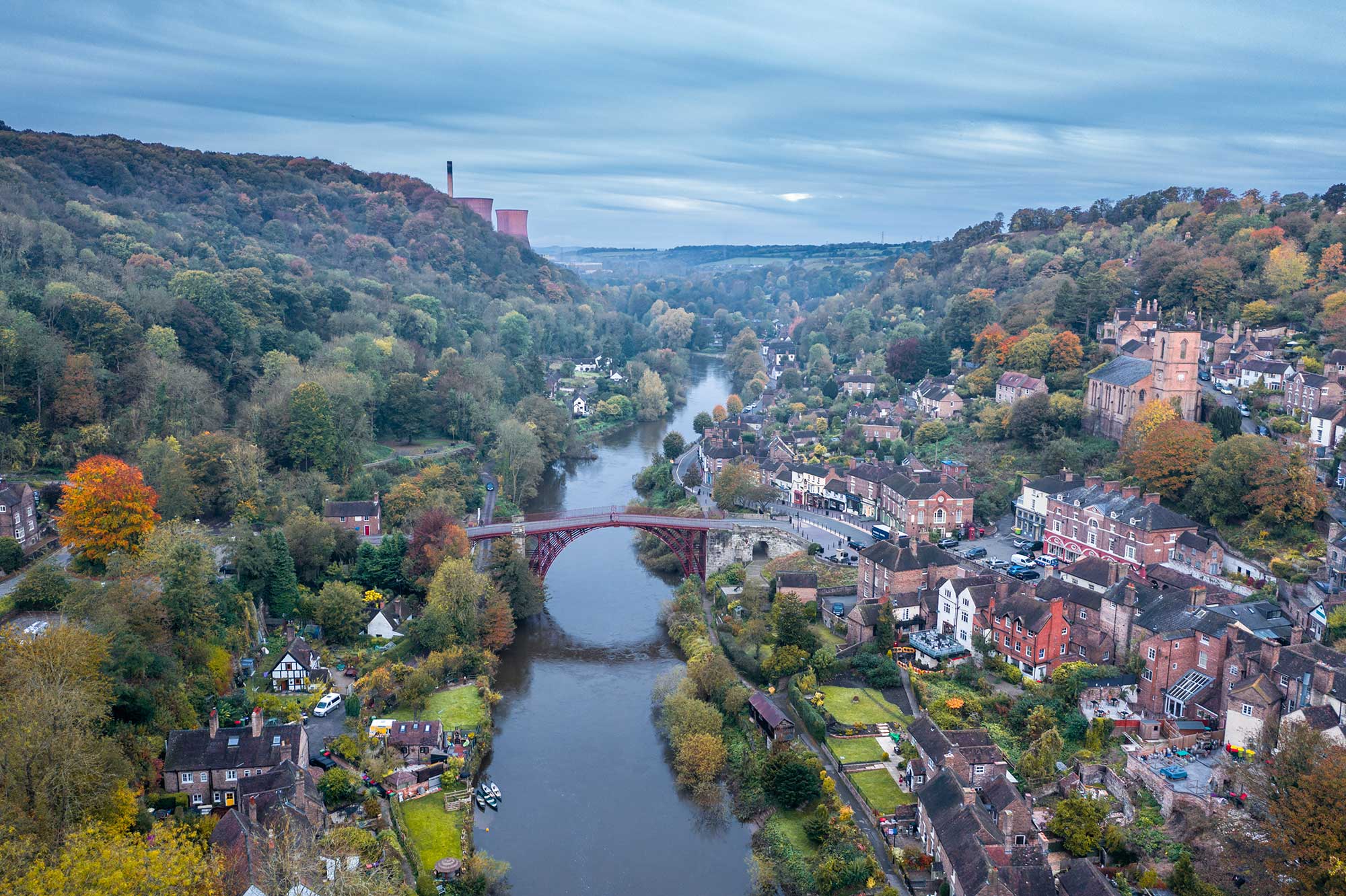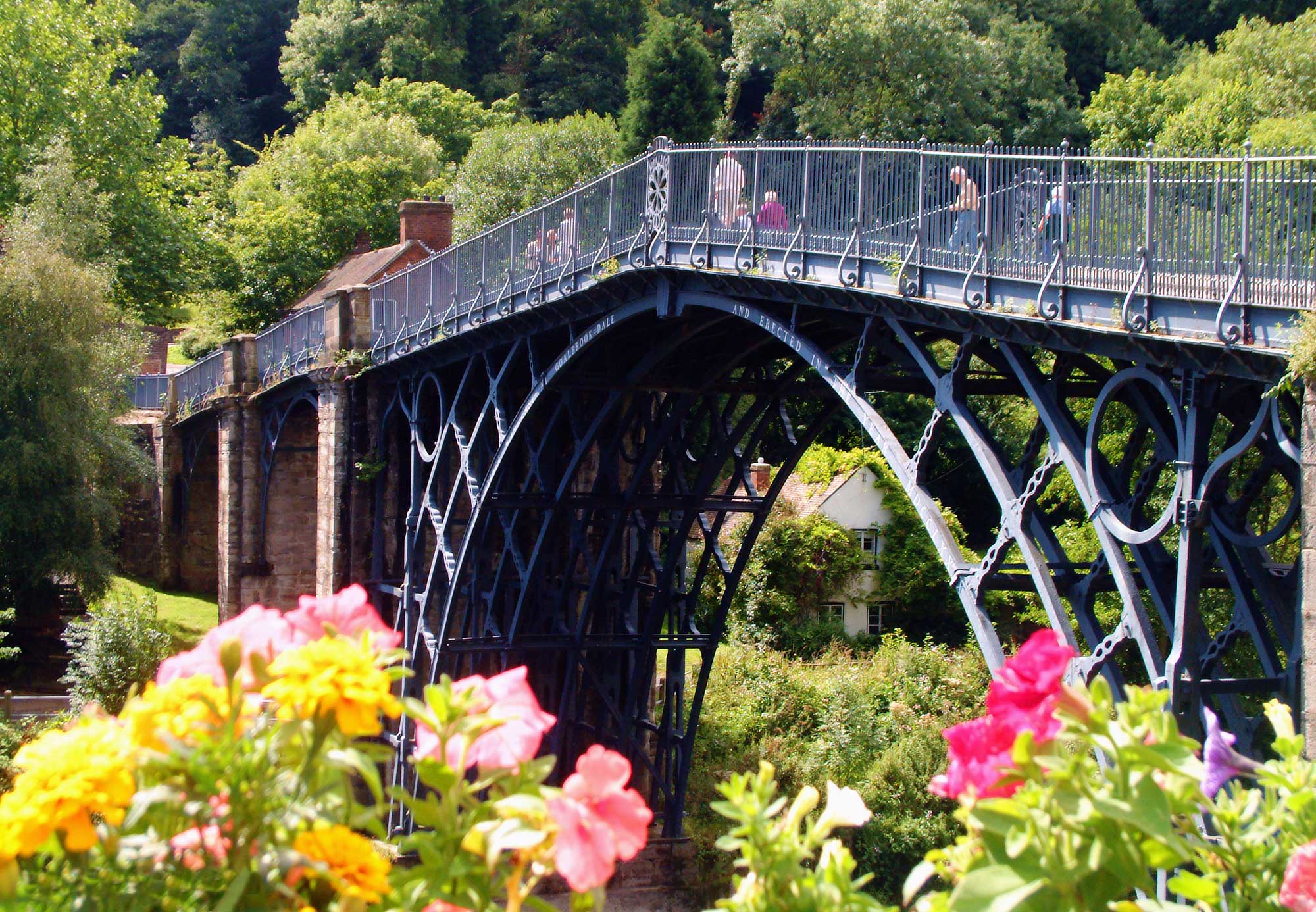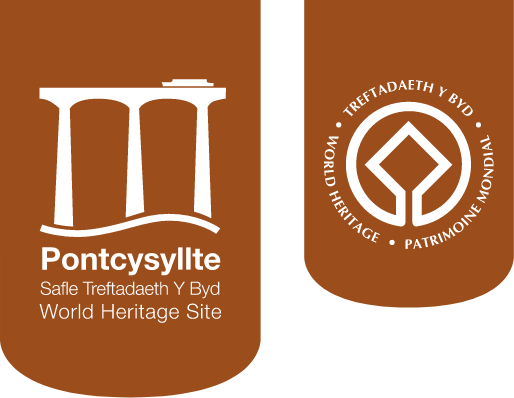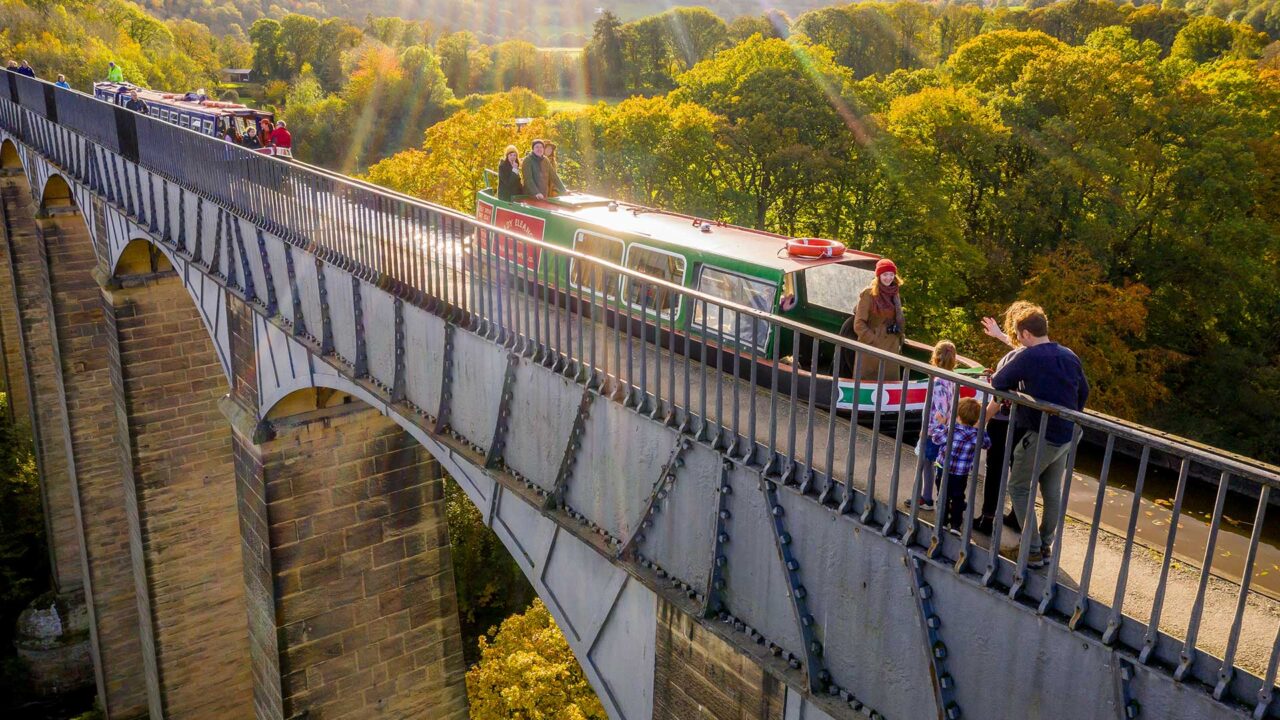Big personalities, ambition, creative genius
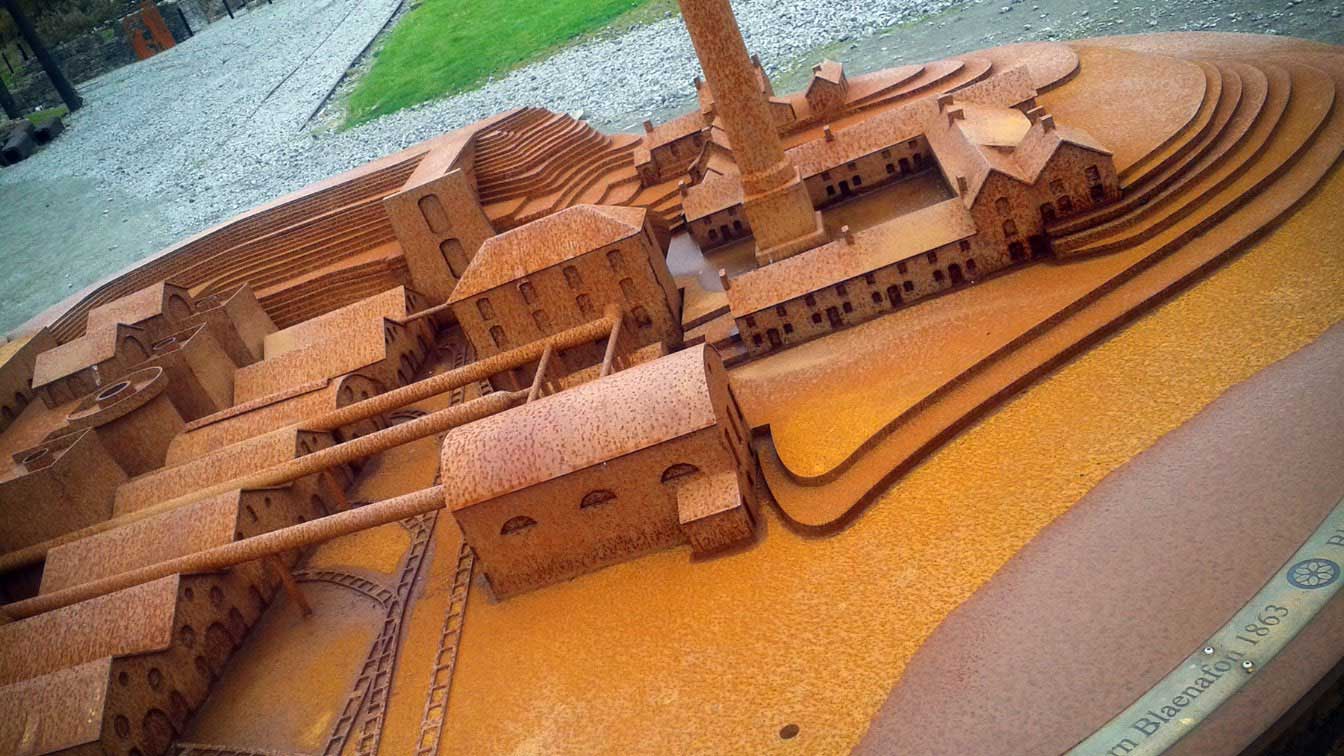
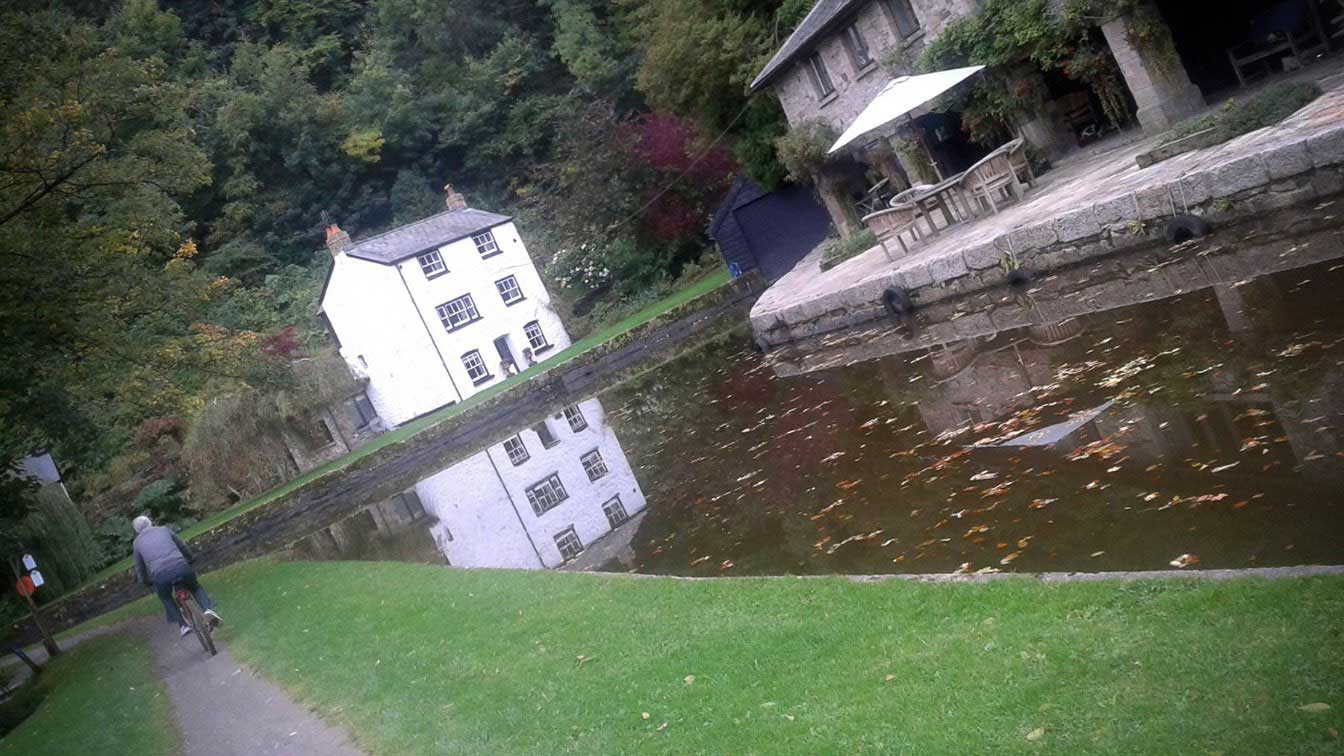
Blaenavon Industrial Landscape
This striking and surprisingly beautiful landscape has been shaped by two centuries of coal and iron mining and iron making. At its heart stands Blaenavon Ironworks, the largest and most technologically advanced ironworks in the world when it was opened in 1787. It is one of the most important buildings to have survived from the early years of the Industrial Revolution.
A thriving community grew up around the Ironworks. Homes were built in the shadow of the furnaces for the workers and their families as well as a school for the ironworkers’ children. Self-help created the Workmen’s Hall where men strived, through education, for a better life.
Since the Ironworks and pits have closed, heather and moorland plants have colonised barren spoil heaps and quarry scars in the surrounding landscape, creating an upland habitat where wildlife thrives amongst the remains of the old tramroads. Not only is Blaenavon testimony to human endeavor, it is also testimony to the healing power of nature.
Castles and Town Walls of King Edward in Gwynedd
The four great fortresses Harlech, Beaumaris, Conwy and Caernarfon built by Edward I on the north Wales coast are the finest examples of medieval military architecture of their kind in Europe. They were the final piece in the King’s strategic plan to conquer Wales.
It is a testament to the strength of the Welsh that Edward felt it necessary to send the biggest military force ever seen in medieval Britain to Wales in 1277. His target was the ‘rebel and disturber of the King’s peace’, the ambitious Welsh Prince Llwelyn ap Gruffudd. Forced to retreat to his heartland in north Wales Llwelyn was hemmed in by a chain of new castles built by the King.
Edward’s oppressive rule led to another Welsh uprising in 1282, during which Llwelyn died. To ‘put an end finally to the malice of the Welsh’ the King constructed more symbols of his power: concentric ring castles at Harlech and Beaumaris, and fortress palaces at Caemarfon and Conwy, where he surrounded both castles and towns with massive protective walls. Today these castles and town walls collectively form the World Heritage Site.
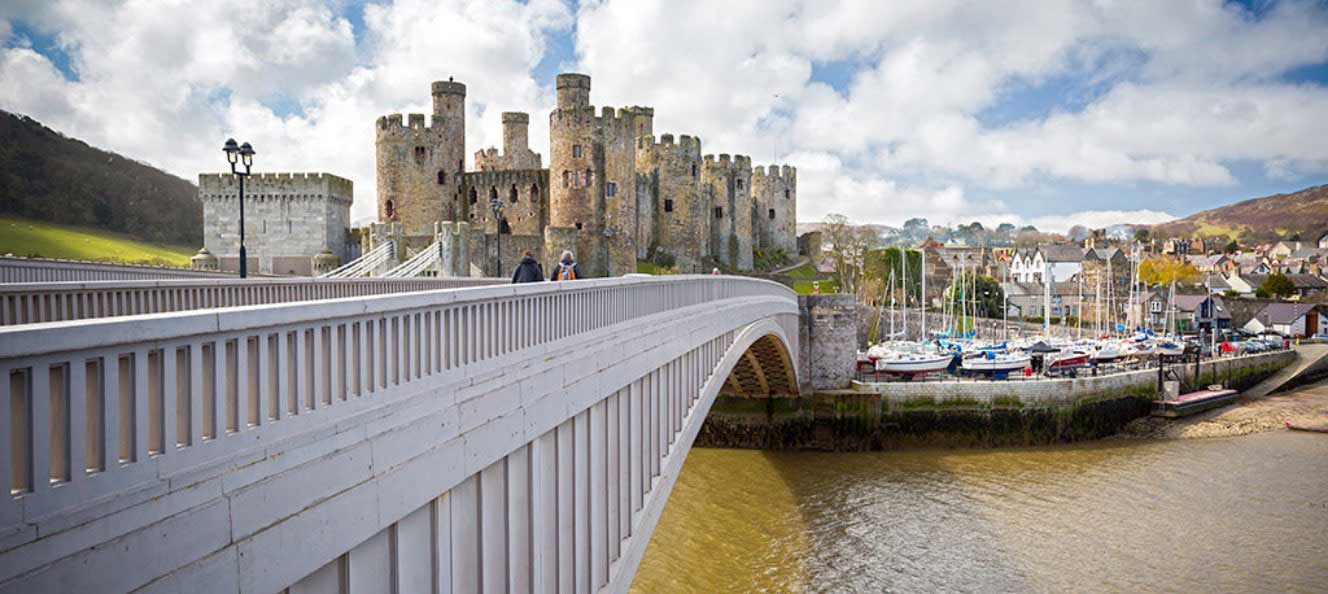
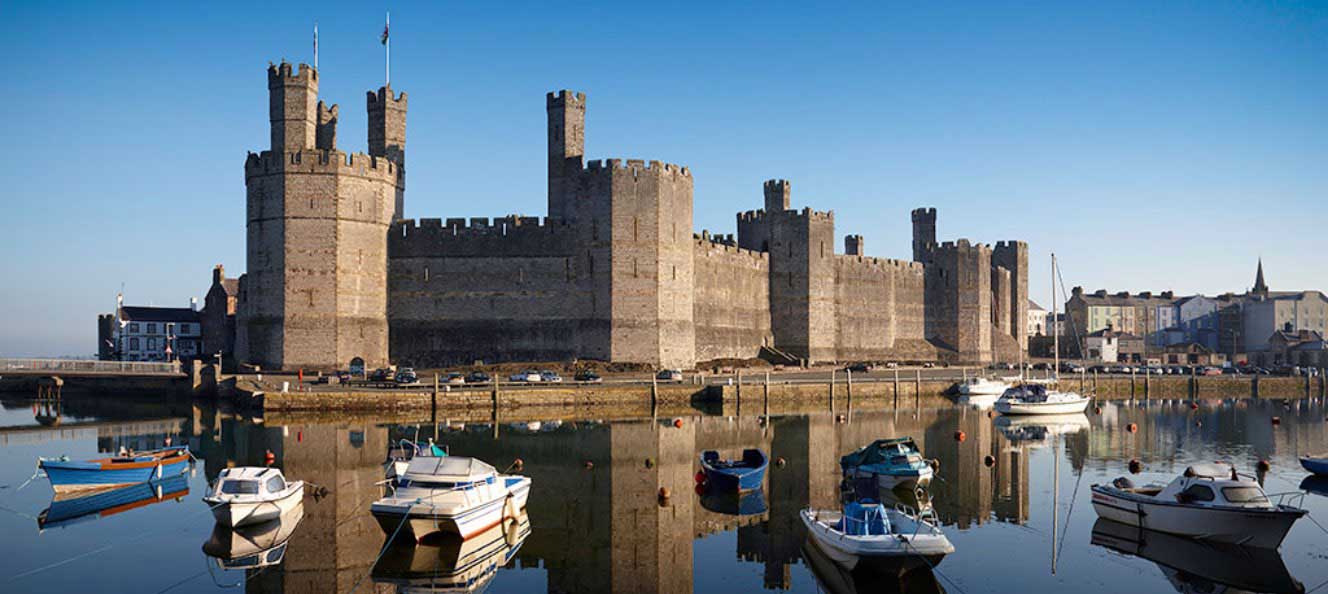
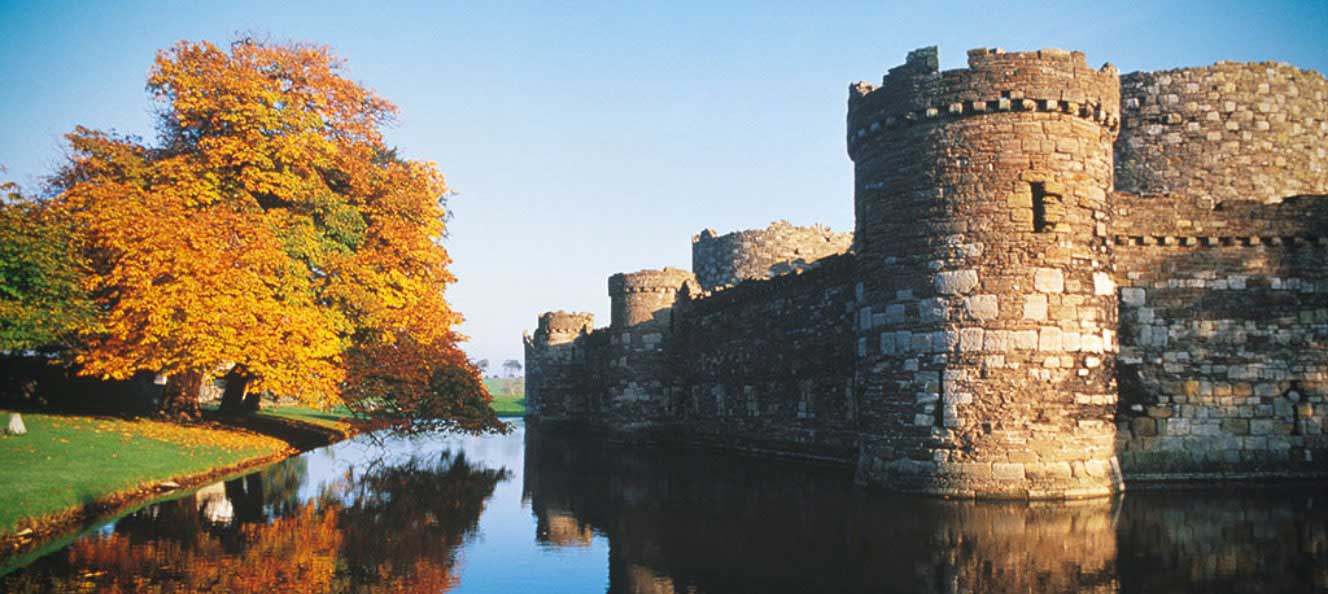
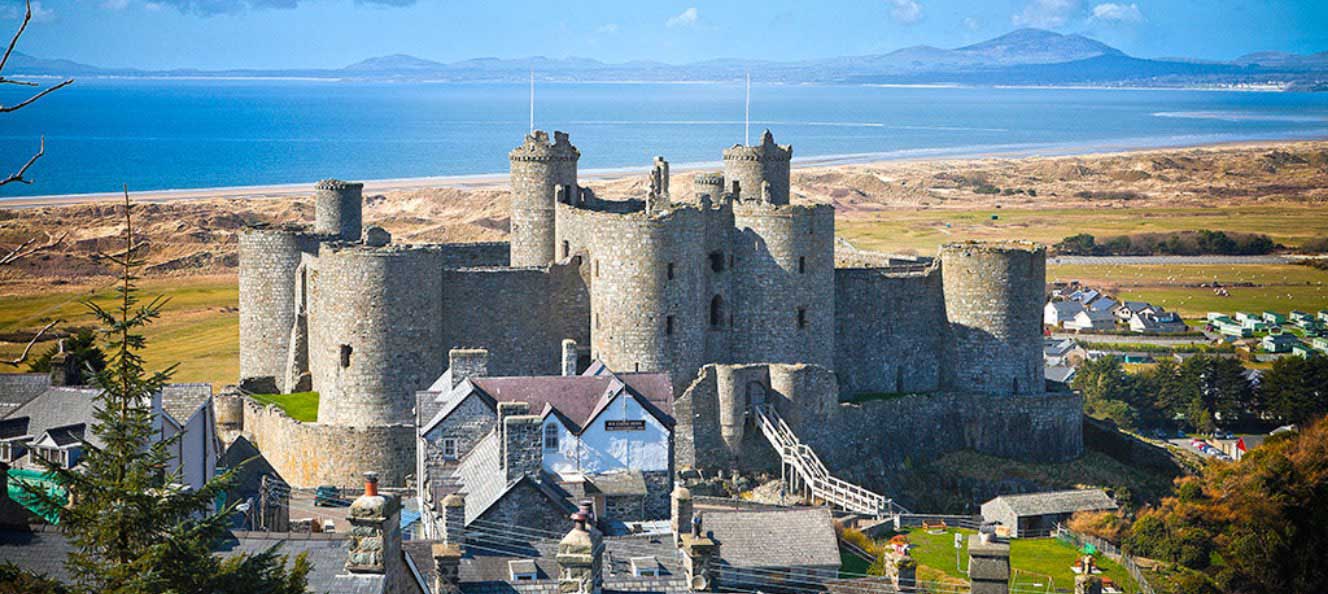
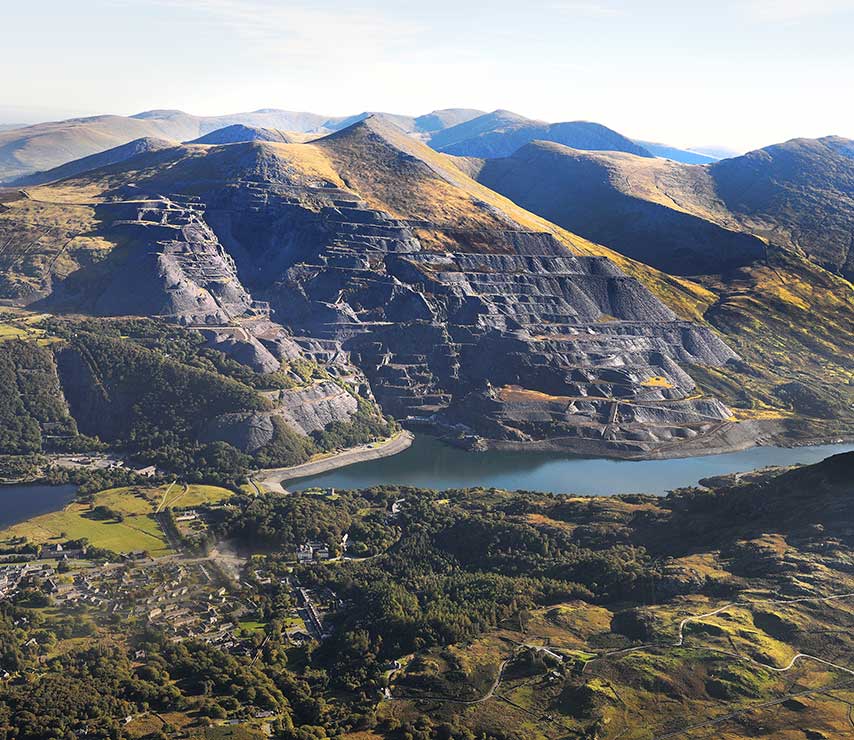
© Crown copyright. RCAHMW
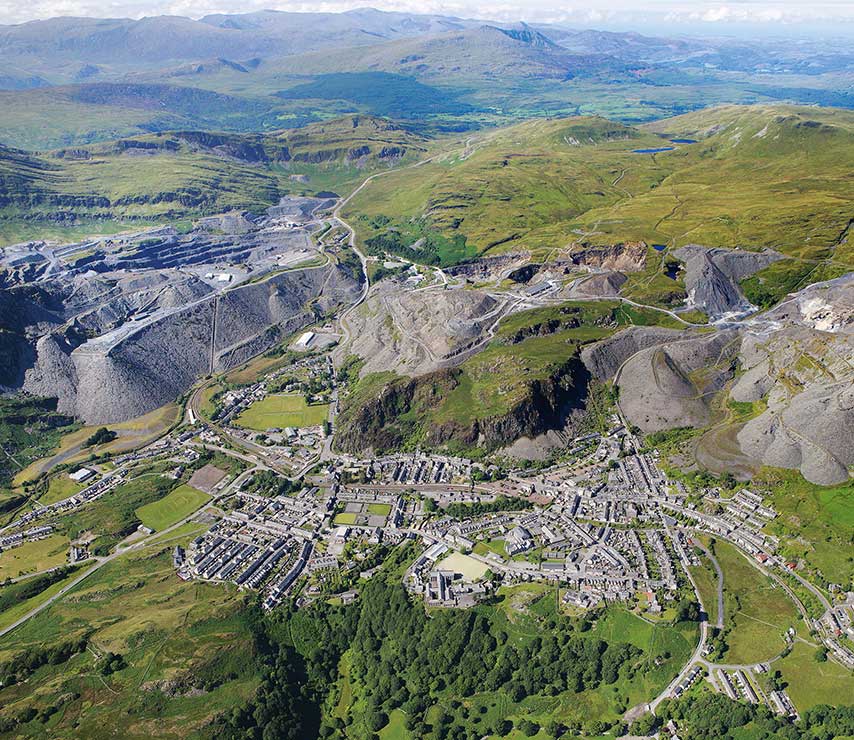
© Crown copyright. RCAHMW
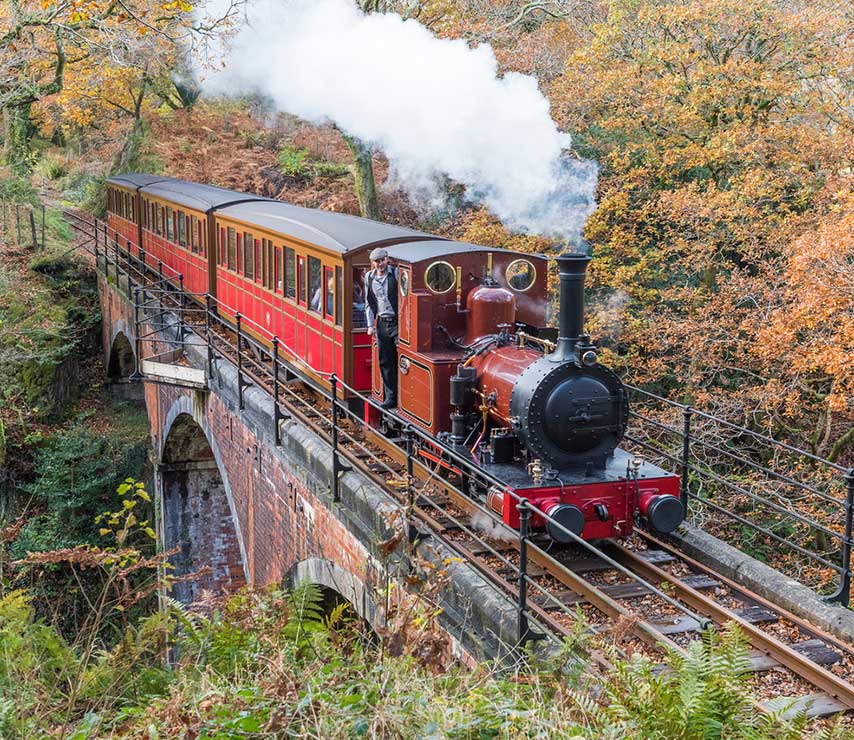
© Rheilffordd Talyllyn Railway
The Slate Landscape of Northwest Wales
The Slate Landscape of North West Wales is located in Gwynedd and contains six key areas. The landscape tells the incredible story of the evolution of an upland agricultural society to one dominated by the slate industry; with towns, quarries and transport links carving their way through the Snowdonia mountains down towards the iconic ports.
The slate landscape of North West Wales allows a better insight and understanding of every stage of the quarrying industry than any other place in the world. The enormous quarries, deep pits, huge cavernous chambers and tips; processing mills, transport systems including steep inclines, roads, railways and ports, communities created for the workforce and the grand houses of the quarry owners; and the use of the final product around us everywhere.
Ironbridge Gorge
Ironbridge Gorge contains ten award-winning Museums spread along the valley beside the wild River Severn, marvel at the world’s first cast-iron bridge built in 1779 and experience life as it was over 100 years ago through the sights, sounds, smells and tastes of Blast Hill, a recreated Victorian Town.
Ironbridge is known throughout the world as the symbol of the Industrial Revolution. It contains all the elements of progress that contributed to the rapid development of this industrial region in the 18th century, from the mines themselves to the railway lines. Nearby, the blast furnace of Coalbrookdale, built in 1708, is a reminder of the discovery of coke. The bridge at Ironbridge, the world’s first bridge constructed of iron, had a considerable influence on developments in the fields of technology and architecture.
For more information about Ironbridge, visit the website, or contact the Tourist Information Centre on +44 (0) 1952 433424.
